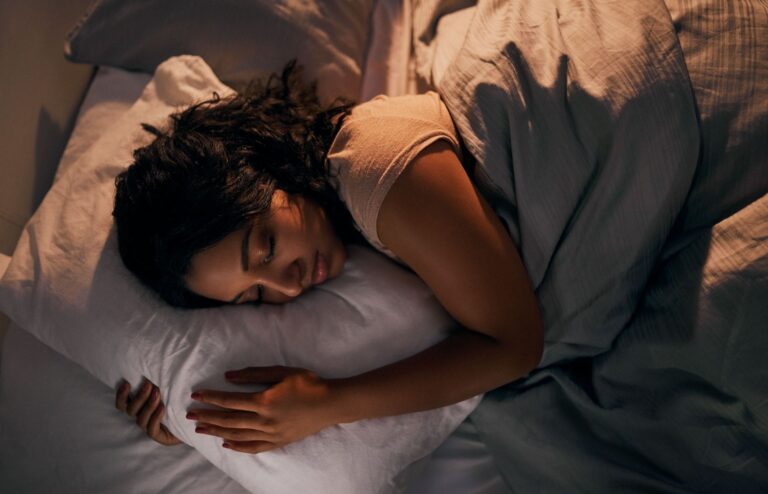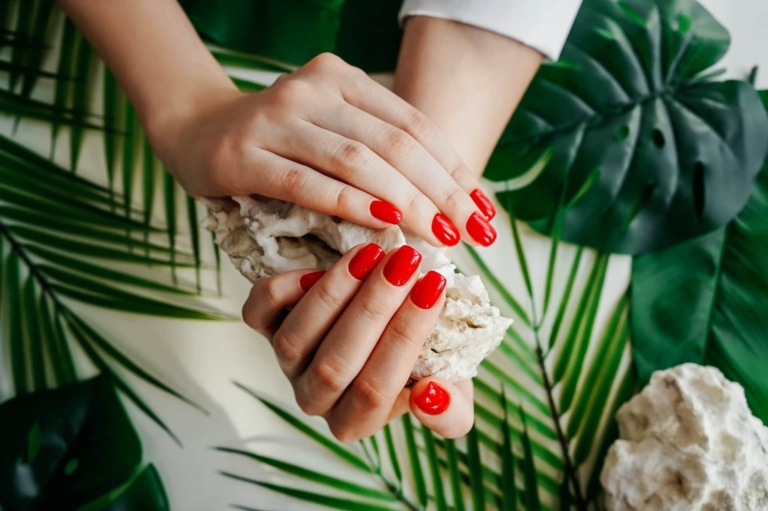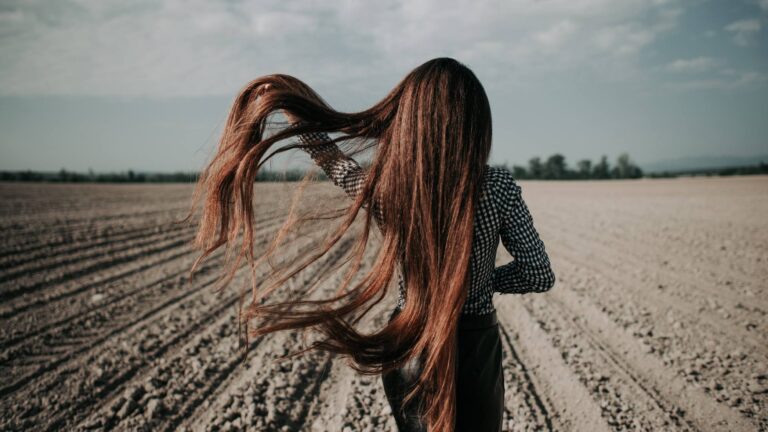Lice on artificial eyelash extensions
Lice on eyelashes are a relatively common problem among beauty salon visitors.
The parasites appear in people who regularly lengthen and thicken their eyelashes.
It’s not the type of eyelashes that’s to blame, but the way they’re cared for – the main reason being that people don’t wash their eyes for a long time.
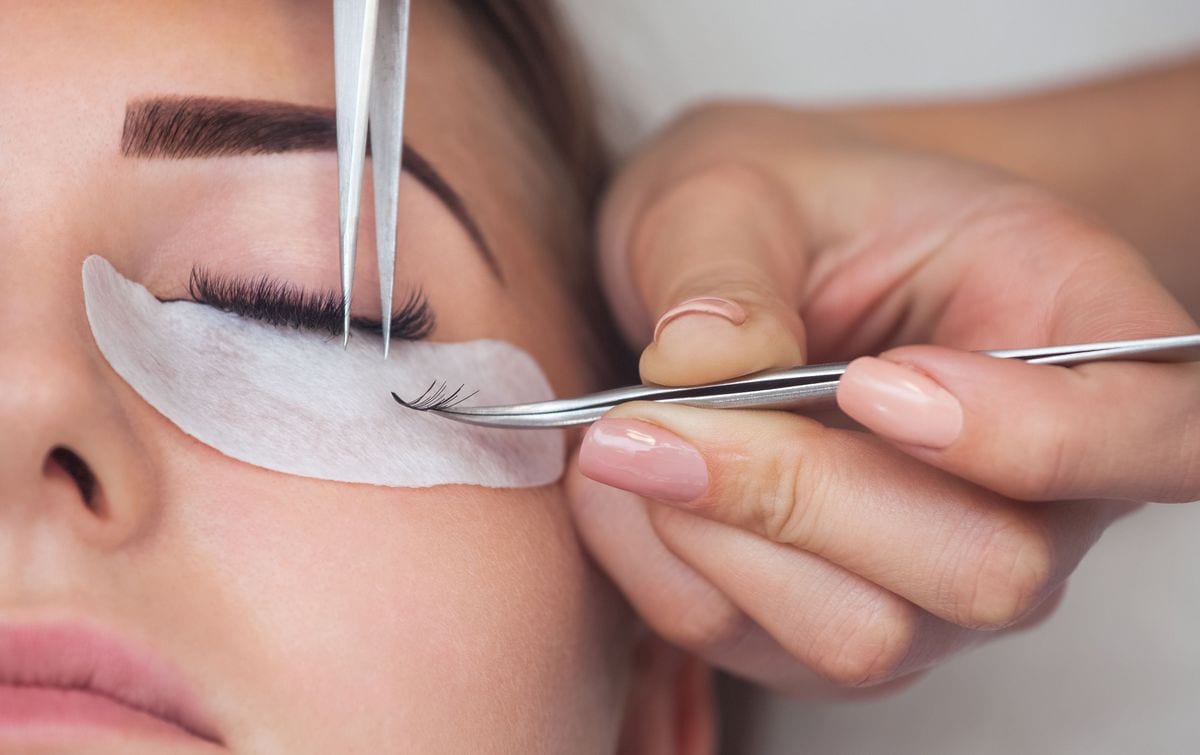
What are eyelash lice?
Lice are small insects belonging to the order Phthirapterabiologists classify them as winged, even though they have been wingless for thousands of years, having lost their wings in the course of evolution.
The average louse is between 0.5 and even 6 millimeters long, with a flattened, segmented body.
The anatomical structure is characterized by small but strong legs, and heads with special feelers and stings to draw blood from the host.
These insects are parasites, living on humans and other mammals.
There are two main types, depending on where they feed
- Human lice (family Pediculidae), which live mainly on the head and in the hair.
- Pubic lice (Pthirus family), which prefer hair on the intimate area, abdomen and thighs.
In some cases, they also colonize eyelashes and eyebrows. - Eyelash lice don’t jump and aren’t very mobile.
It is therefore sometimes difficult to observe them, which encourages their expansion.
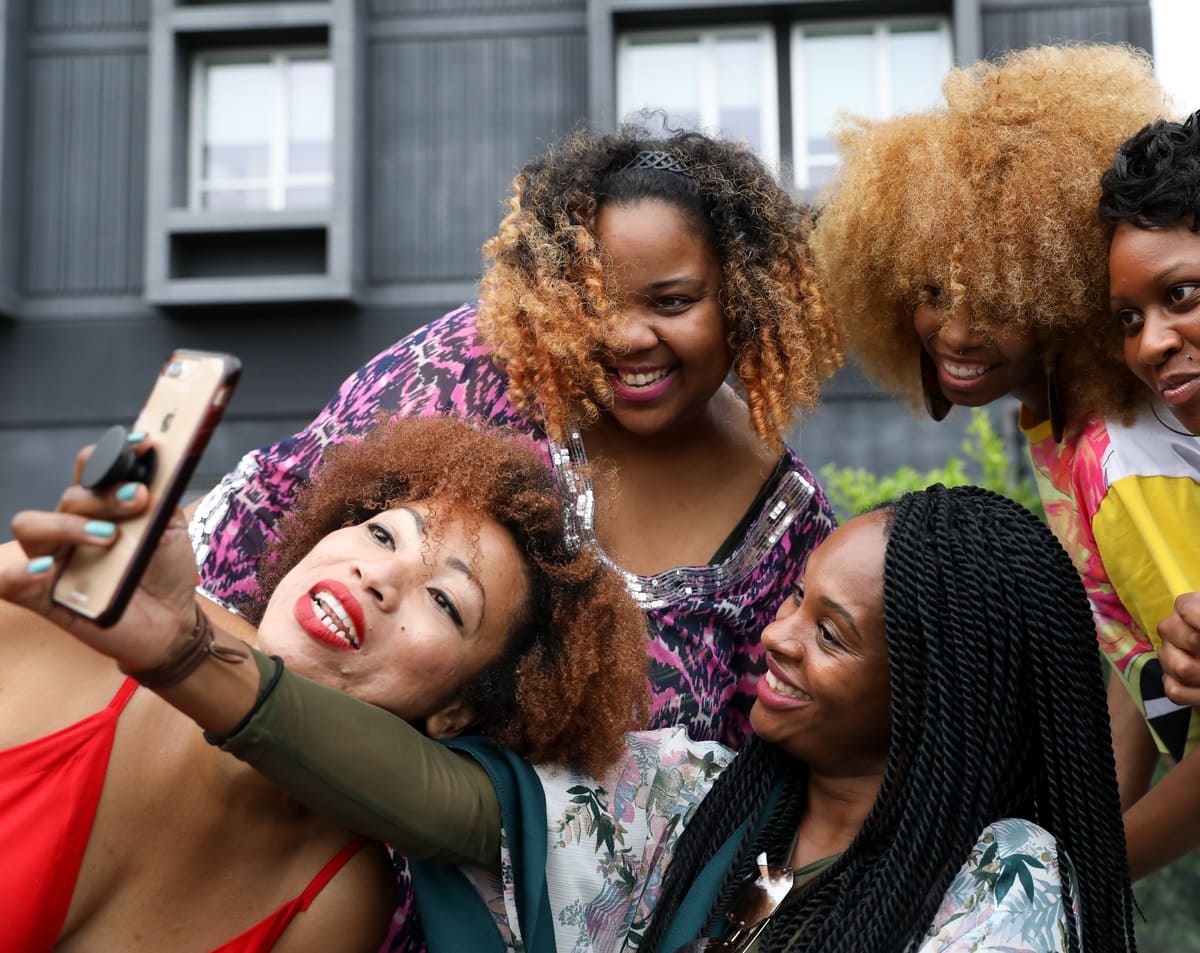
What causes eyelash lice?
Head lice are a widespread phenomenon, present all over the world, although in highly developed countries, over the last few decades, the extent of their occurrence has been considerably reduced.
Read also: Hair lice: Effective and natural treatment
Today, it’s mainly associated with poor hygiene, and it’s a fact that dirt provides the most favorable environment for these parasites to develop.
However, this is only part of the story: the causes of head lice are more complex. Even people who take excessive care to keep themselves clean can become infected, all it takes is contact with a sick person at work, school or on public transport.
Where do eyelash lice come from?
They can enter the eye area from the scalp(Pediculidae), but are most often pubic parasites. Pthiruses are generally transmitted sexually, during intimate relations. They can also be infected through bedding, towels and clothing, which is why their habitats are sometimes so far from the genital area and not always linked to sexual activity.
Eyelash lice are relatively common in children, as well as in women who repeatedly lengthen their eyelashes.
Why does this happen?
In both cases, the main reason is inadequate hygiene.
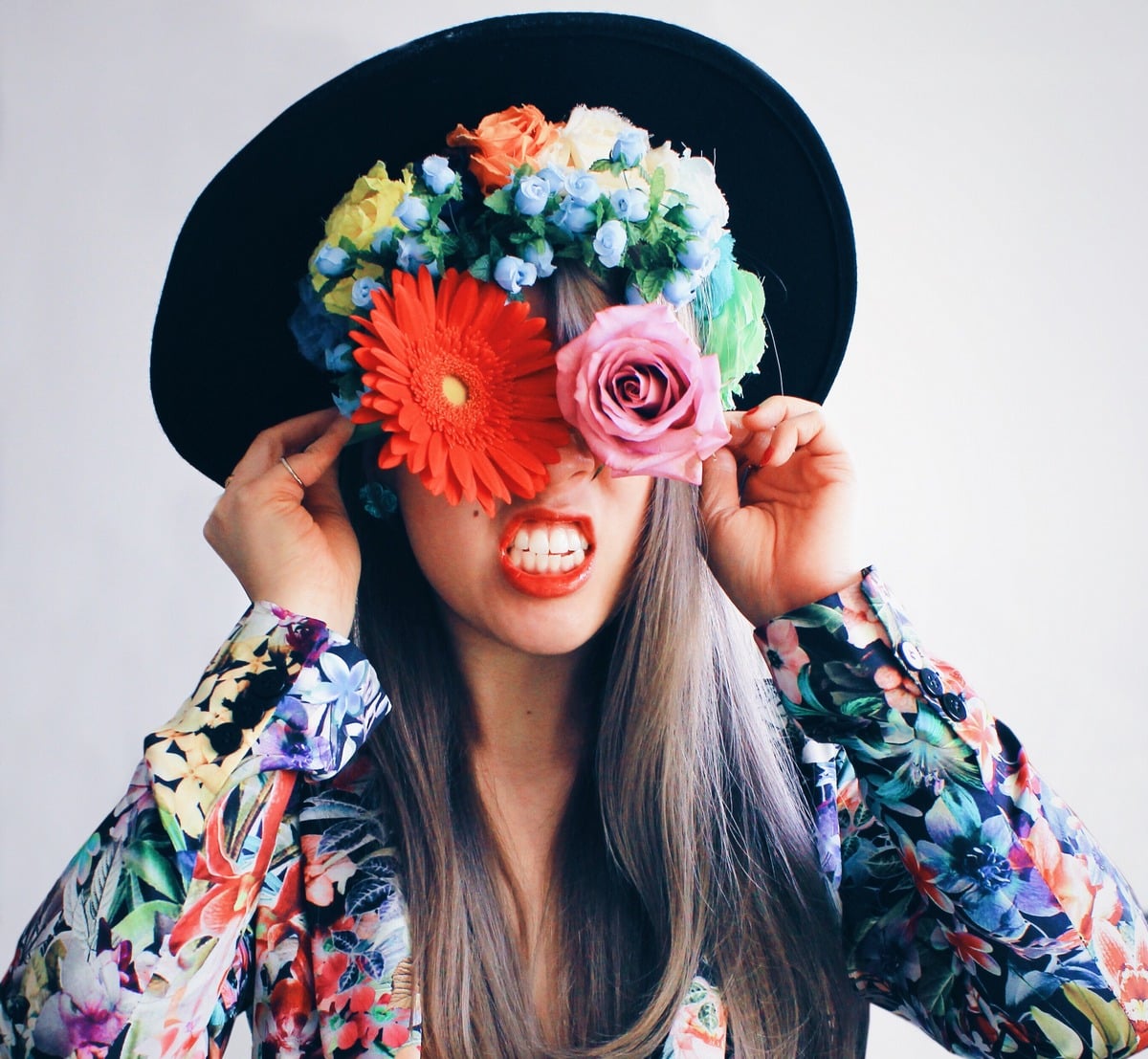
Lice on false eyelashes
Lice on false eyelashes are a relatively common phenomenon.
This problem is caused by bad daily habits.
Just like your whole body, your eyes need to be washed every day, or more precisely, rinsed with clean water.
People who wear false eyelashes on a daily basis often neglect this task, fearing damage to the design.
This is a mistake, because dirt accumulates around the eyes.
Cosmetic residues, fragments of exfoliated epidermis, impurities from the outside environment – all provide an ideal substrate for the development of lice.
As we can see, it’s not the “natural/artificial” type of eyelash that is decisive per se, but certain behaviors associated with wearing them.
This problem is all the more important as parasites living in such an exposed area can easily spread to other people, so local lice epidemics can occur.
Symptoms of eyelash lice
What do eyelash lice look like?
They are lighter in color and smaller than those that attack the hair on the head up to 1.5 millimeters.
As mentioned above, they can remain immobile for long periods, even several hours, becoming active only when the host closes its eyes and falls asleep.
How can lice be detected in this situation, and can treatment be started early?
First of all, it’s important to pay attention to any alarming symptoms.
Typical symptoms of eyelash lice are as follows:
- Severe itching of the eyelids, leading to scratching
- Reddening of the skin around the eyes
- The presence of lenticels, which are small cavities in the skin
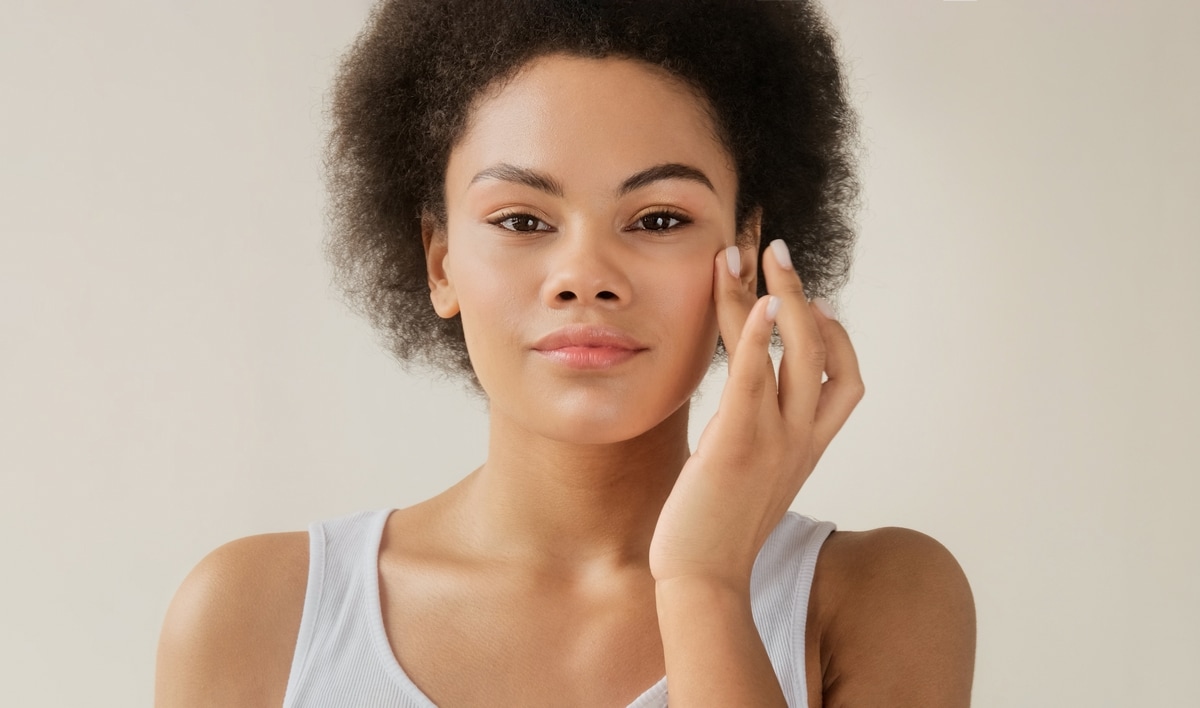
How to treat lice on eyelashes?
Typical head lice preparations can be irritating to the eyes.
It is therefore advisable to consult a dermatologist before using any product.
You should not undertake this type of action on your own.
In general, we recommend using non-pharmacological methods wherever possible.
The best solution is to remove the lice with tweezers.
It can also be combed out with a fine brush, for example after applying Vaseline.
Eyelashes are such a small environment that it’s possible to get rid of parasites in this way, although the situation needs to be monitored for a long time, as the lice removed may have left behind eggs from which new individuals hatch.
The most important thing in this situation is prevention.
Also read: how to take care of your nails?
The key is to remove false eyelashes and avoid reapplying them in the future.
Eyes should be washed regularly with clean water, and gentle, natural cosmetics should be used for eye care.
“One of my biggest dreams is that my company will be able to change the course of one family’s life, one child at a time by giving back to the community.”


